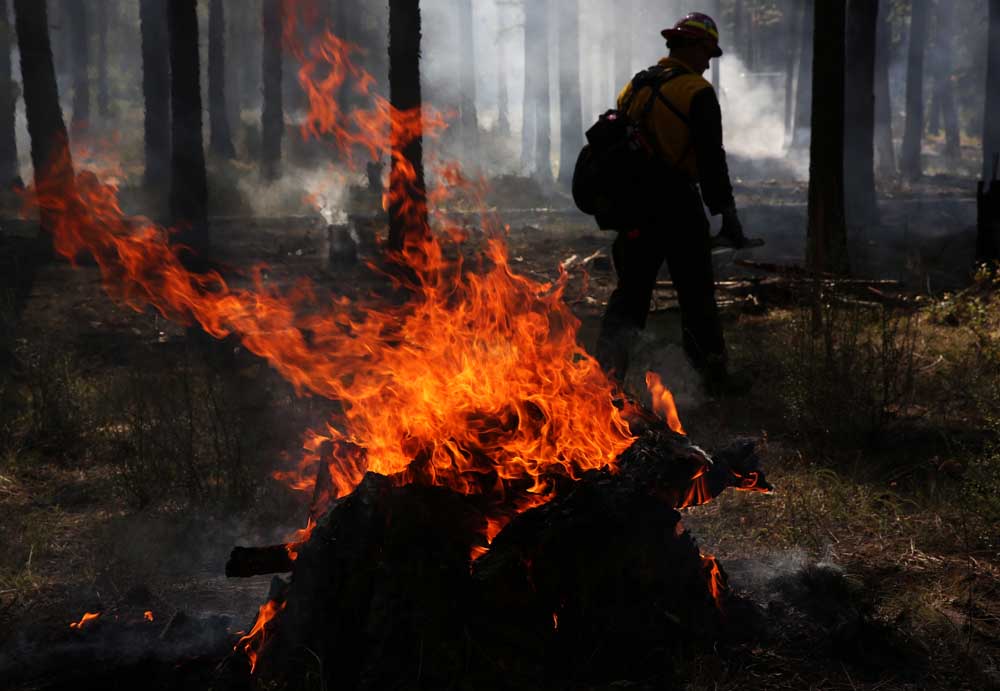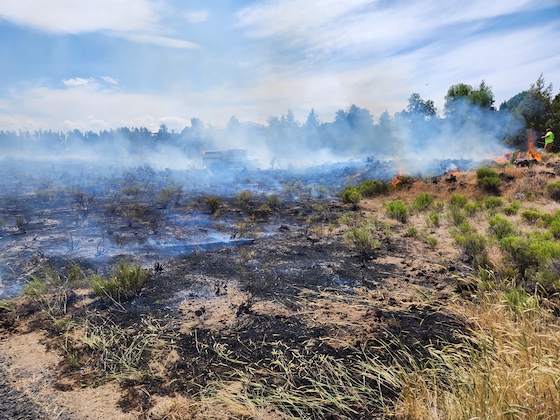Editorial: Forest Service keeps a vital firefighting tool — for now
Published 4:00 am Tuesday, June 13, 2023

- A Cal Fire plane drops fire retardant on a wildfire.
As wildfire season heats up, communities across the West owe a debt of gratitude to U.S. District Judge Dana Christensen in Missoula, Mont.
Late last month, Christensen ruled that the U.S. Forest Service can continue dropping aerial fire retardant on wildfires even though the practice pollutes streams. We applaud Christensen’s common sense ruling.
Not everyone agrees.
In October, Forest Employees for Environmental Ethics, an Oregon-based environmental group, sued the Forest Service, challenging the agency’s right to use aerial fire retardants near navigable waters under the Clean Water Act.
In its suit, the group claimed that the Forest Service’s actions when discharging fire retardants are “arbitrary and capricious, an abuse of discretion.”
It alleged that if fire retardant enters a waterway, it can damage habitats and kill or hurt aquatic species such as fish.
That, unfortunately, is true.
According to the Department of Agriculture, retardants are mostly water. But, 10% is ammonium phosphate fertilizer. In lakes and streams, fertilizers promote plant growth that can deplete oxygen.
However, while we can agree that it’s generally bad to dump fertilizer in lakes and streams, when it comes to wildfire there are bigger issues in play.
The Forest Service, and a number of farm and forestry groups that supported its position, said that fire retardant is crucial in the efforts to battle wildfires that have only become more dangerous as fuel loads have increased and Western climates have grown drier.
Over the last several years, the Forest Service has made an effort to keep retardant out of water, limiting its use to areas 300 feet from waterways, and only when human life and public safety are at risk. It claimed that of thousands of loads of retardant — some 150 million gallons over the last decade — less than 200 have inadvertently landed in waterways.
Despite the potential for pollution, Christensen agreed with the Forest Service, writing that depriving the service of fire retardant could “conceivably result in greater harm from wildfires — including to human life and property and to the environment.”
Independent of the lawsuit, the Forest Service has applied for a permit from the U.S. Environmental Protection Agency that covers retardant discharges in federally protected waters.
Andy Stahl with Forest Service Employees for Environmental Ethics told The Associated Press that such a permit could require tighter restrictions on when retardant could be used or for officials to use less-toxic chemicals.
Communities that find themselves in the path of wildfire will have to judge the merits of the permit when it’s granted.
We will take a keen interest in the outcome.
In the meantime, firefighters can still deploy a vital tool to retard the spread of dangerous wildfires.









